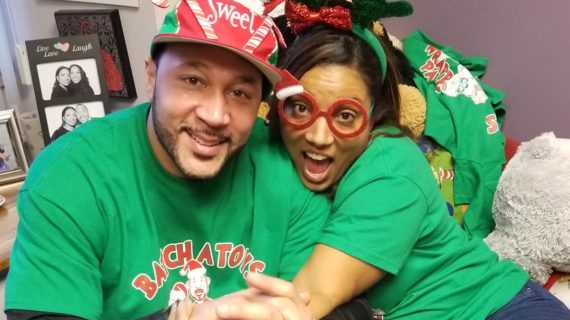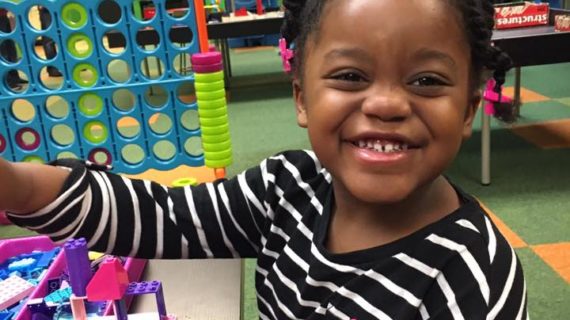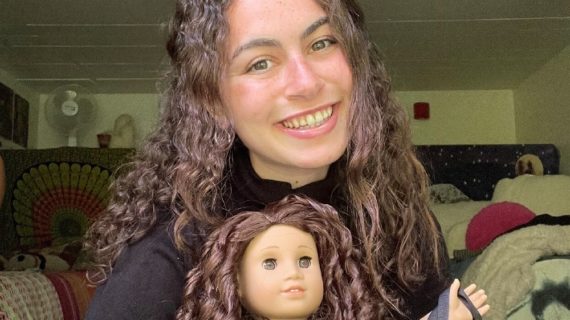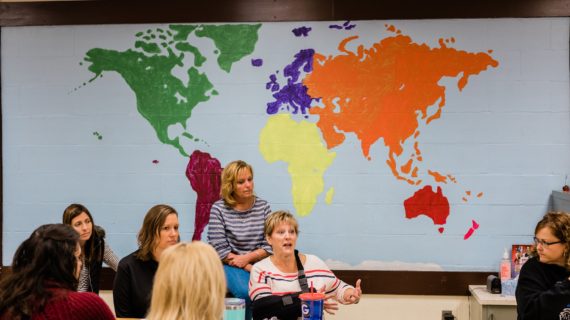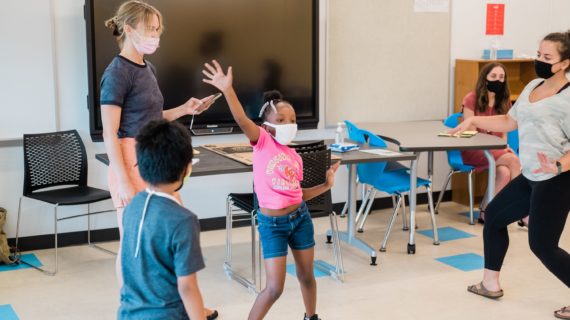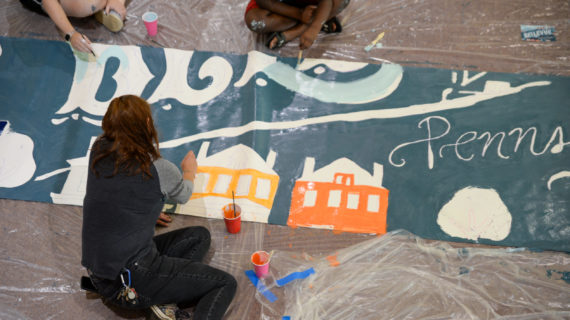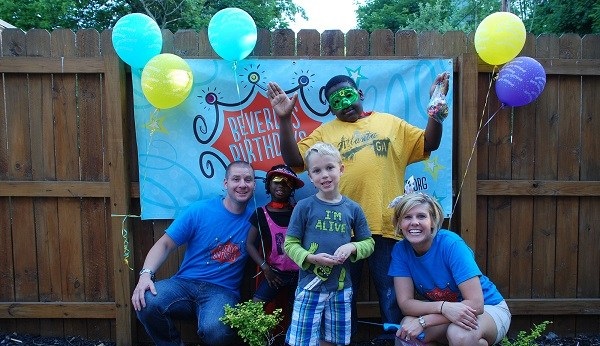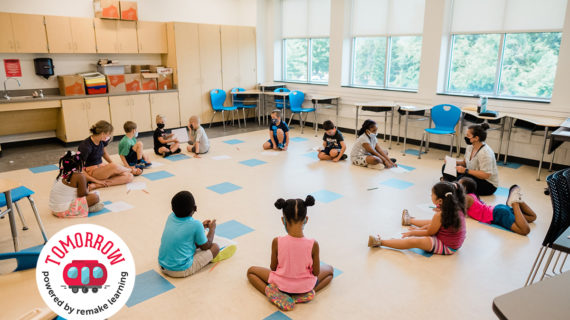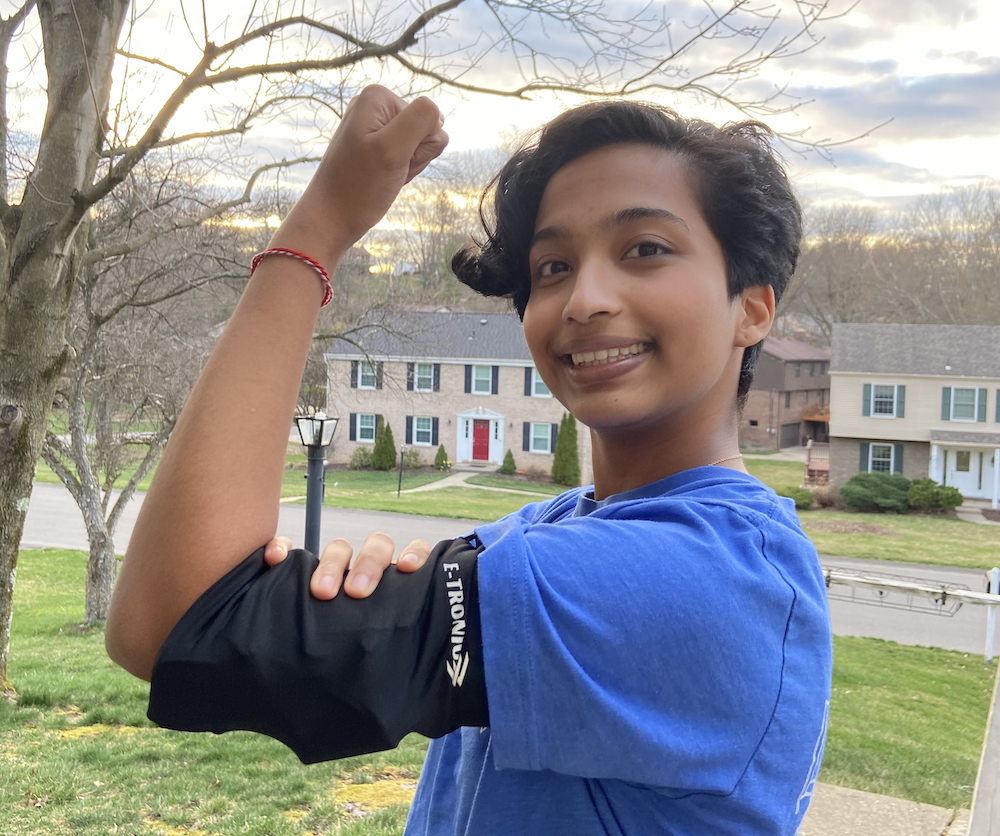
Girls of Steel team creates BuzzBand for children with autism
Photo above courtesy of Girls of Steel.
Aditri Thakur didn’t know much about the barriers that children with autism face when she began working with her Girls of Steel robotics team at Carnegie Mellon University. They’d been tasked with designing a device to help them overcome the sensory and physical challenges of exercise.
They dove into that work, and Thakur and her eight teammates did so well in creating their wearable fitness device, BuzzBand, that they won a $10,000 Lemelson-MIT InvenTeam® grant to refine the armband into a working prototype. That new version will be showcased at a technical review in February.
“When we were starting, I did not know much about developmental disabilities,” says Thakur, 17, of Upper St. Clair, the team’s business project manager. “One of the girls on our team has a family member with autism, so we now recognize the challenges that autism can present for people.”
The BuzzBand team is one of eight InvenTeams selected nationwide this year. They’ll keep refining the prototype and present a final one at the EurekaFest™ invention celebration at MIT in June.
Team member Aditi Srivastava of South Fayette, the finance lead, says the year-long project — conducted virtually until October because of COVID — has brought the high school seniors closer together and inspired them to continue.
“We have this really fun culture between the nine of us, where we get together to discuss our projects and any other new things going on in our lives,” says Srivastava, 17. “It’s such a lively atmosphere because we all want to be there and want to be doing this. BuzzBand is made up of girls who want to make a difference in our community.”
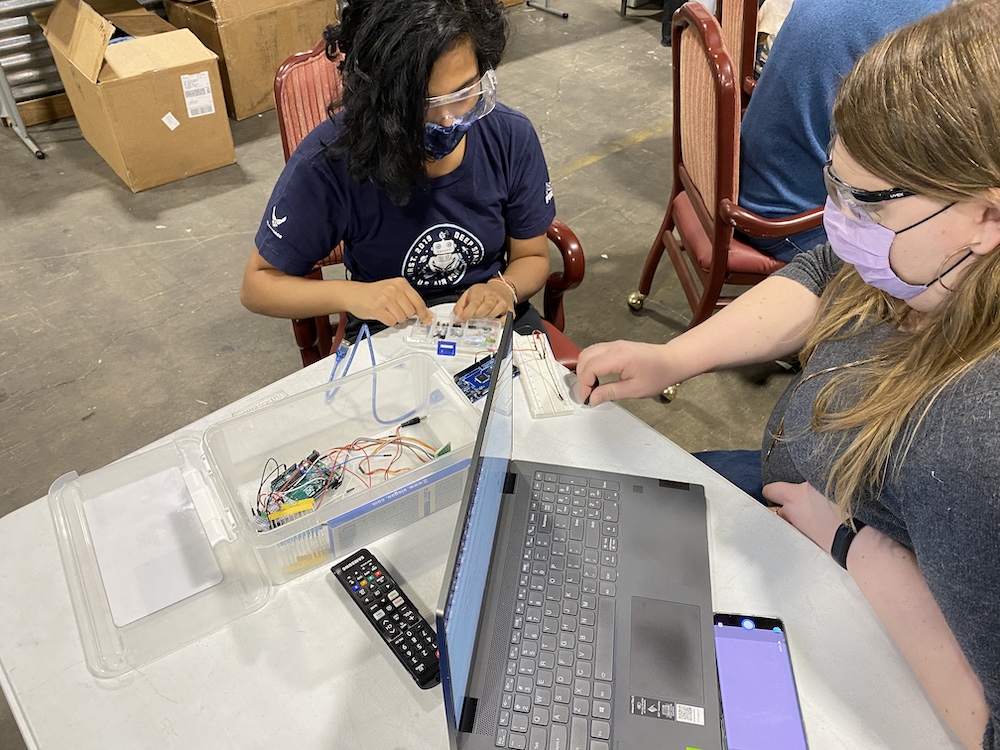
We asked the team how their invention works: BuzzBand helps users to focus and stay motivated while exercising by applying tandem vibrations and rhythmic beeps. The adjustable armband is lightweight, comfortable and weather-resistant, so it can be worn in schools, gyms, homes or outdoor settings.
“Research has found that vibration is a positive motivator, and metronomic sound can encourage concentration for not only people with autism, but everyone,” says Thakur. “Vibration allows for sensory integration that is not over-stimulating. … It helps with establishing a pace, through tactile stimulation.”
Coupled with the vibration, the sound can enable easier pacing of activity and movement planning, she says. “Tempo and rhythm have been proven to activate the prefrontal cortex, which can help with learning exercises and developing exercise routines.”
To use BuzzBand, a wearer slides the armband onto the upper arm and turns on the device with a button on the sleeve or through an external Bluetooth device. The speaker can be turned on or off, and the vibratory speed can be adjusted. During recommended exercises such as bear crawls or star jumps, the wearer can focus on the tempo to ground herself, helping avoid being distracted by external stimuli.
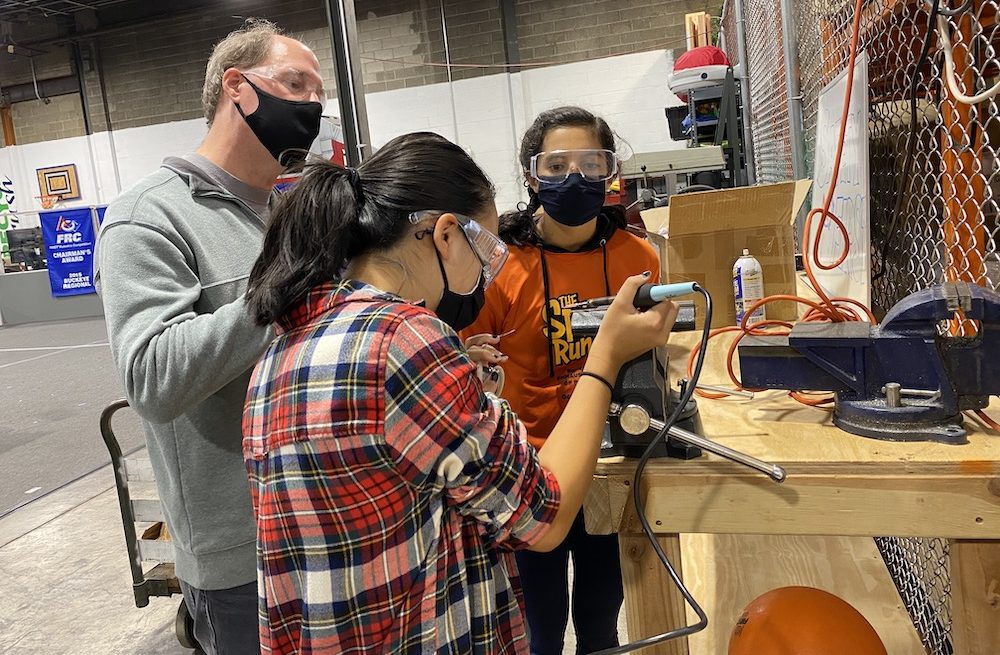
COLLABORATING WITH EXPERTS
“A lot of the inspiration for these components came from discussions with a pediatric occupational therapist,” says Srivastava. The therapist, Rachel Thiros at Harrison Education Center in Baldwin-Whitehall School District, told the girls that youths on the autism spectrum often have motor impairment and the vibration of massagers sometimes helps them.
“Using this inspiration, we decided to incorporate that into our design,” says Srivastava, who wants to major in neuroscience in college and possibly design smart prosthetics. “We wanted to make sure the device could meet their needs by helping them to perform movement and have a positive correlation to exercise, in general.”
Along with Thiros, the girls talked with Joseph Jackson, manager of Endpoint Engineering at CMU, and Sarah Withee, a software engineering consultant at 18F, which is part of the U.S. General Services Administration. Consulting with these experts is what Pittsburgh learning ecosystem is all about.
Theresa Richards, outreach program manager and Girls of Steel mentor at CMU’s Robotics Institute, started the InvenTeam application process in the spring, helped the girls to obtain a provisional patent for BuzzBand, and assisted them during the summer as they prepared their final proposal.
“I work with an amazing group of students who have great ideas and just need a facilitator, somebody to help them make those ideas happen,” says Richards. “I heard about the [InvenTeam] opportunity and asked the students if they wanted to keep going, and they said yes.”
BuzzBand’s second prototype will be smaller, with more vibratory models and a speaker that replaces its current buzzer, says Thakur.
“The buzzer was not a good sound,” she says. “It was somewhat annoying. So for someone who has sensory sensitivities, it would not be the best. … We have consulted experts and parents of youths with autism to design the specifications, and we’re listening to their concerns and the way they’re responding to our prototype. … It’s wearable, it works, but we have not yet tested it on other people.”
As they continue to refine the device, they may add an app component, she says, to make it “as functional as possible.”
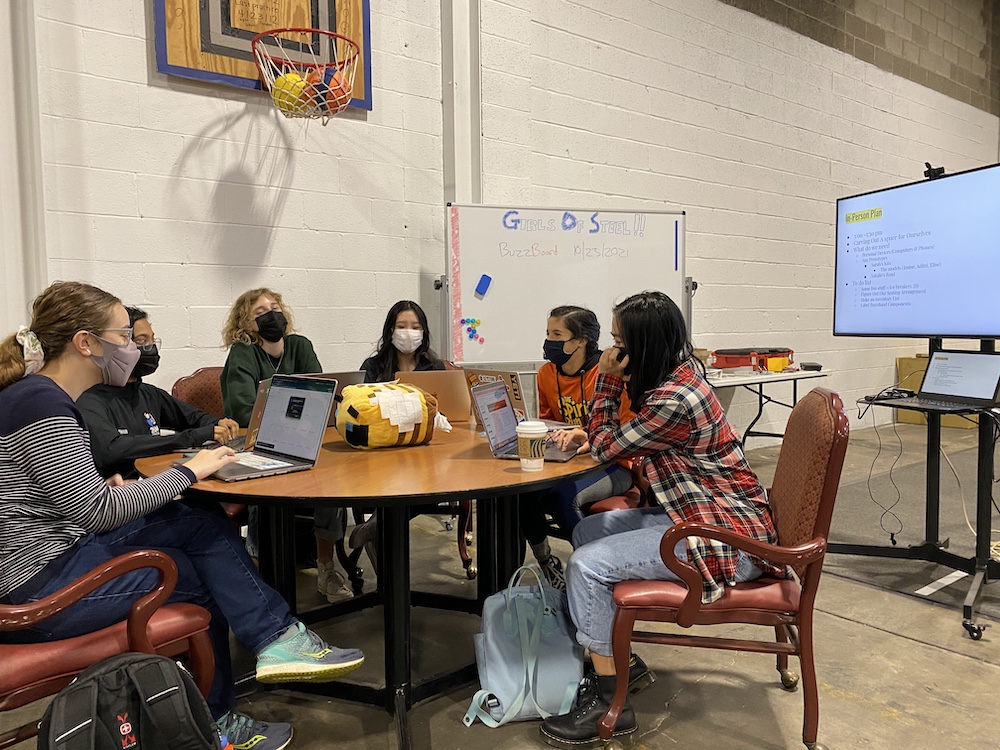
LOOKING TO THE FUTURE
If they design a marketable project, the girls ultimately hope to find a company that could be a “halo sponsor” to build and distribute BuzzBands.
The BuzzBand team members attend eight high schools around Allegheny County. Most of the girls had no prior experience with electric circuitry, soldering or coding before starting the project. In addition to Thakur and Srivastava, the team includes Diya Cowlagi and Justina Wang from North Allegheny, Elise Chu from Pittsburgh Allderdice, Grace Goslin from Mt. Lebanon, Janise Kim from Fox Chapel, Natalie Ficca from The Ellis School, and Tara Staresinic from Pine Richland.
Interest in STEM came easily to Srivastava, whose passion for innovation started with science camps at a young age. Girls of Steel has fostered her desire to create and discover.
“It’s only gotten more intriguing for me,” Srivastava says. “I have learned how to use all kinds of machinery in a woodshop. It’s been a really awesome journey in growing my technical knowledge, as well as my business knowledge.”
Thakur, who wants to major in electrical engineering in college, felt that she was bad at math when she was young. She wasn’t interested in STEM until another friend joined Girls of Steel.
Now, six years on, “I can honestly say a big part of my STEM journey is that it isn’t about being perfect,” she says. “You can make a lot of mistakes but still explore your interests and learn more about the world.”
